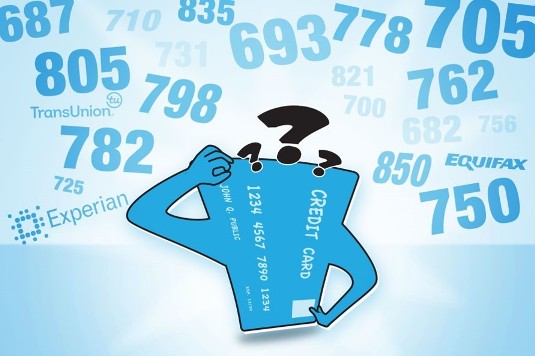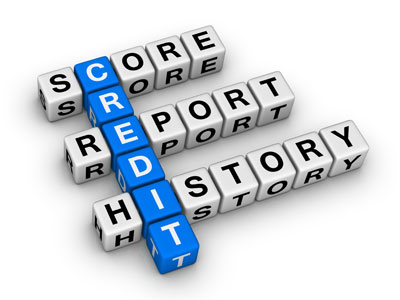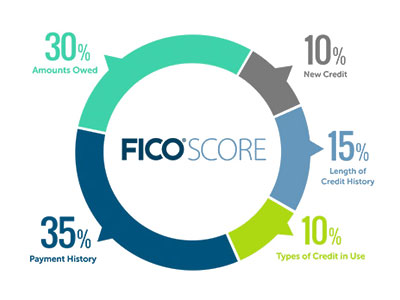All About FICO Credit Scores

Let’s face it, FICO scores are important. They’re one of the most comprehensive tools which lenders use to help guide their decisions. And those decisions can, in turn, impact your life immensely. But what exactly is a FICO score? What are the fundamental elements that compose this humble three-digit number? And what are some steps that you can take to improve it?
In 1989, the Fair Isaac Corp. began compiling credit data, then utilizing a variety of different algorithms to calculate a score specific to the industry it’s meant for. Eventually, information from all three major credit bureaus was being applied and thus the FICO score was born. Over the years, the amount of different scoring types has increased exponentially and as of a 2012, the Consumer Financial Protection Bureau reported a staggering 49 for FICO alone. This number is still increasing, however, with the release of 2014’s FICO 9, which is touted to be the most inclusive scoring model to date.
Over 90% of major industry lenders use some type of FICO score, but let’s focus on 2004’s Classic 04 model. This has been and remains the most popular FICO score for mortgage lenders and rental leasing. What exactly goes into the calculation for this number? The precise details aren’t readily disclosed, but we do have a general idea of how the percentages break down.
Ultimately, the best way to improve your FICO score is by keeping a close eye on your credit. Develop an understanding of what information goes into the number itself and work out a plan to achieve your goals. Try to have a diverse assortment of accounts, and keep those account payments on time. When it comes to credit scores, knowledge equals power.




